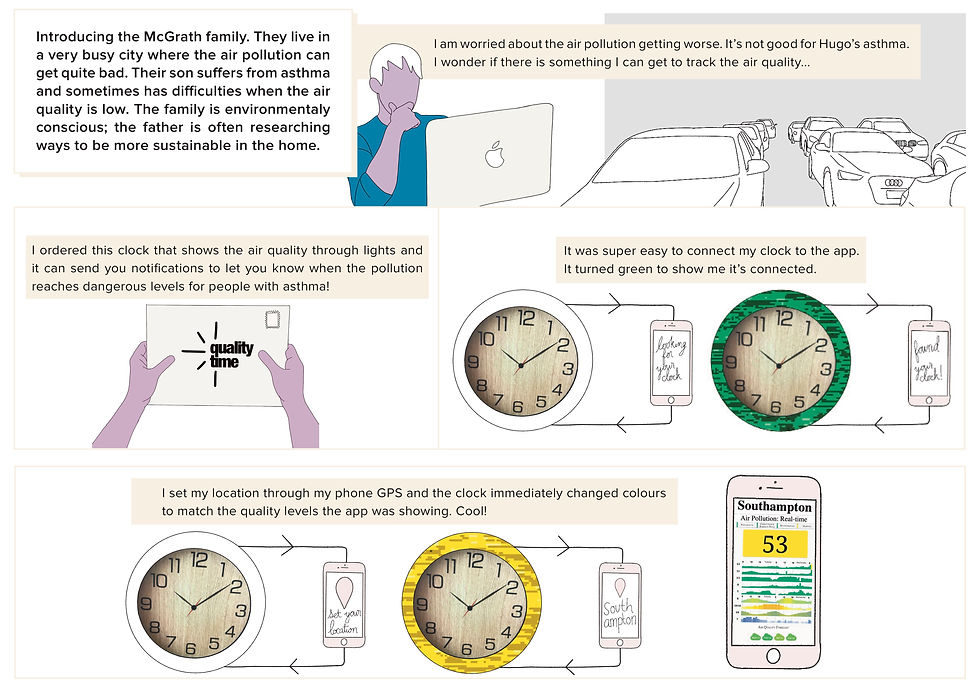019 - RADIATION IDEA
- tiffanybachelet
- Feb 21, 2020
- 2 min read
Updated: May 4, 2020
Initial idea 1 : A coat whose sleeve gradually changes colour/state when the user is holding their phone, demonstrating how much time and therefore potential damage the phone is causing. Sleeve only changes colour/state when the phone is in very close proximity.
Electromagnetic spectrum is broken into 2 parts based on whether small doses of that radiation can cause harm
Ionising radiation – (UV, X-rays, gamma rays) have enough radiation in one photon (quantized minimum packet of light) to remove electrons from atoms or break apart chemical bonds.
Non-ionising radiation – encompasses the vast majority of light we are exposed to. These are not harmful in small doses because one photon does not have enough energy to ionise atoms/break apart molecules. BUT in very large doses it can be harmful.
To assess whether cell phone radiation is harmful :
1. What frequency do they emit/receive and what is the power of this radiation?
2. How does this frequency interact with matter?
3. Is cell phone radiation enough to cause damage to humans, given its frequency, power and interaction mechanism?
Cellular frequencies.
Vary between 450 and 2000MHz
The power emitted by a cell phone varies over the course of the call.
Further Research.
Radiation Dosimetry badge
This definition is taken off the website Princeton University Environmental Health and Safety
"The body badge and the ring badge each contains a radiation-sensitive lithium fluoride crystal. When atoms in the crystal are exposed to radiation, electrons are trapped in an excited state until the crystal is heated to a very high temperature. The released energy of excitation, which is given off as visible light, is measured to determine radiation dose. This phenomenon is called thermoluminescence and dosimeters that use this principle are often referred to as TLDs (thermoluminescent dosimeters)."
Once you have finished looking at my project I want you to have learnt something. I want to create a visual representation (fact/statistic/data) about or relating to Climate Change using innovative materials/methods.
One of the main criticism of wearable technology and computers is that "bulky" form and cyborg appearance - it's obtrusive. That's when biomaterials may come in.
Nanulose :
- Plant free sustainable fibres
- Uses naturally occurring waste streams to grow microbial cellulose
- Good alternative to cotton and wood fibres






Comments